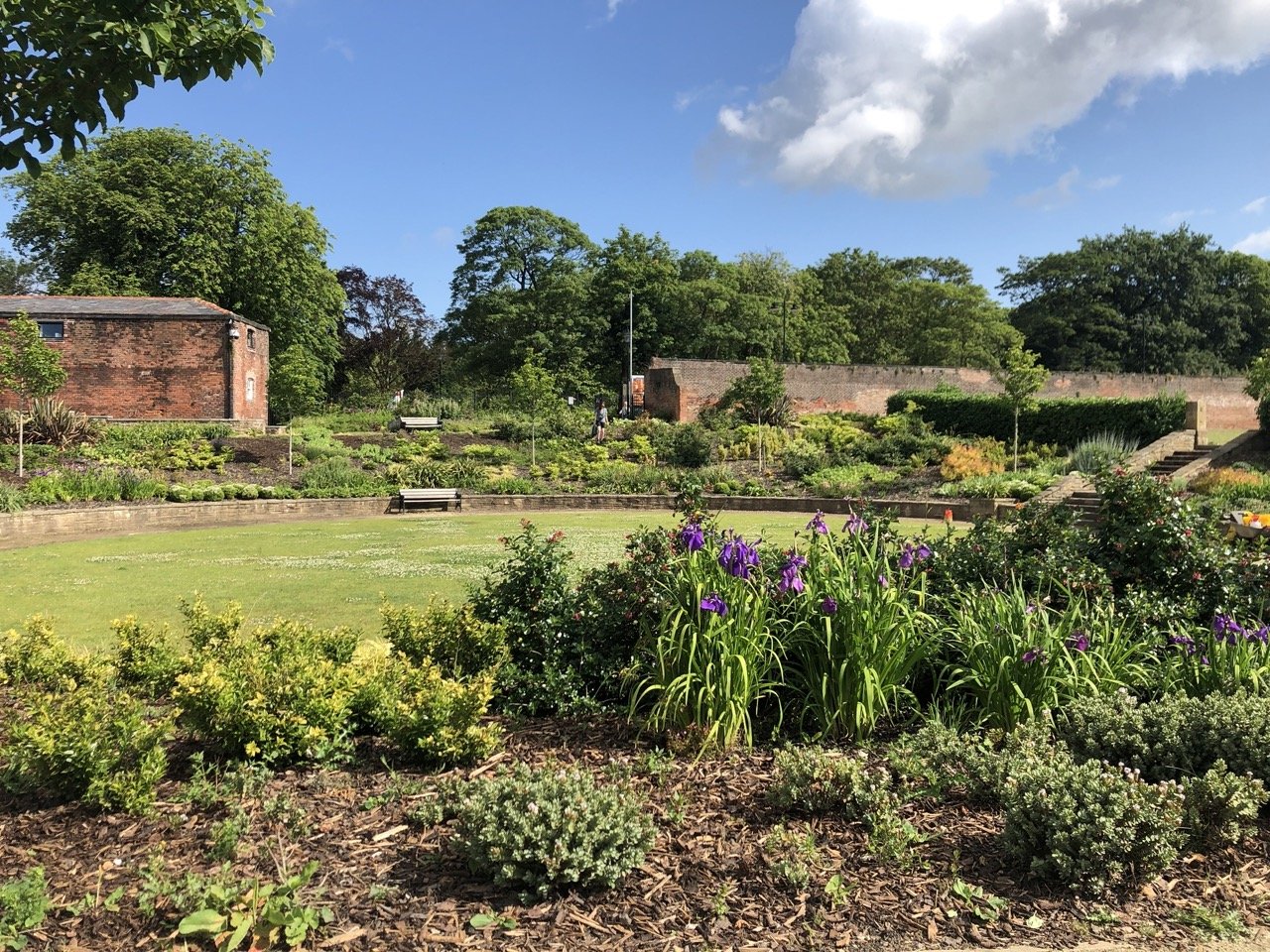Residents of the
Roby Hall Estate
Bowring Park remains a key example of what was a network of (now lost) country estates that represented the culture of the period and land ownership of the time.
The residents of Roby Hall Estate paint a detailed picture of trade, industry and culture during the Georgian and Victorian periods in the Liverpool area.
Notable Residents
-

John Williamson
PERIOD OF RESIDENCE: 1761 - c. 1790's
Williamson was a brewer of exportation beer on Chapel Street in Liverpool.
Williamson was also prominent in the slave trade with several ships that carried out at least 16 slave voyages.
In 1761, the same year he purchased Roby Hall Estate and constructed Roby Hall. He also served as the Mayor of Liverpool.
-

Isaac Gascoyne
PERIOD OF RESIDENCE: c.1794 – c.1805
In 1794, John Williamson’s daughter, Mary, married Isaac Gascoyne.
When Williamson died, his estates passed to Gascoyne. Gascoyne was General of the 54th Regiment in 1819. Alongside his military career, he became a politician in 1796, replacing his brother Bamber as MP for Liverpool.
When Prime Minister Spencer Perceval was assassinated, it was Isaac Gascoyne who identified his killer.
-

The Leigh Family
PERIOD OF RESIDENCE c.1805 – c.1828
William Leigh, from Lymm, Cheshire was a merchant of groceries, Cheshire salt and tobacco.
He purchased Roby Hall Estate c.1805. When William died in 1815, his estate (worth about £10 million in today’s money) was left to his 13-year-old son.
William Jr. purchased Little Aston Hall, Stafford, in 1828 and Roby Hall was sold.
-

Richard Edwards
PERIOD OF RESIDENCE c.1829 – 1850
Richard Edwards purchased the estate from the Leigh family.
Richard was a deputy-lieutenant for Lancashire and a magistrate. Very little is known of Richard’s time at Roby Hall, except for records of a grand stag hunt in 1843 attracting large crowds and distinguished guests.
-

Thomas Edwards-Moss
PERIOD OF RESIDENCE c.1850 – c.1873
Richard Edwards died in 1850, leaving his estate to his daughter and her husband, Thomas Moss of Otterspool.
Thomas was a principal in the banking industry. In 1872, Thomas moved to London and Roby Hall Estate was advertised To Let, with the entire contents of Roby Hall sold at a special auction.
-

William Pilkington
PERIOD OF RESIDENCE c.1880s – 1903
In 1874, William Pilkington of St Helens’ Pilkington Glass took up residence at Roby Hall.
Not much is known about “Roby” Pilkington’s time at Roby Hall. However, he kept a keen interest in happenings over at Sutton where he continued to provide generously for the local community.
William “Roby” Pilkington died on 16th April 1903 at Roby Hall and he is buried in Sutton Parish Churchyard at St. Nicholas’ Church in Sutton.
With Huge Thanks To


